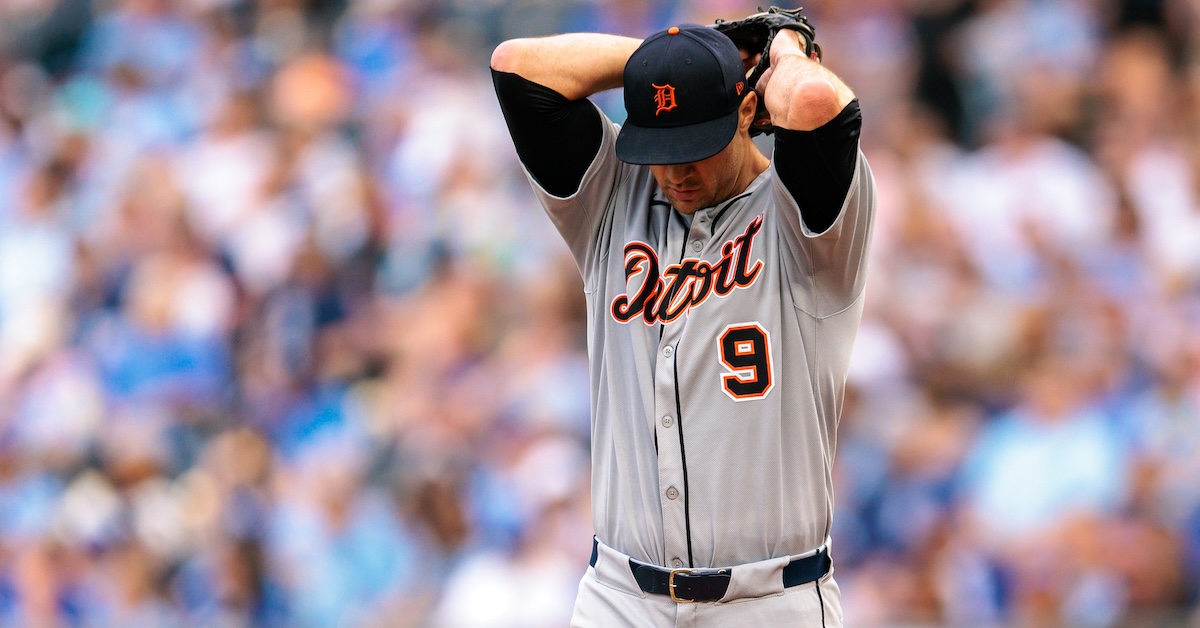Phenomenal Cosmic Power, Itty Bitty Contact Rate: White Sox Sign Murakami

A new day dawned in Major League Baseball on Sunday, as the top international player in this free agent class has signed with — that’s right — someone other than the Dodgers!
The White Sox, yes, believe it or not, the White Sox, have landed Munetaka Murakami. Per Jeff Passan, the 25-year-old corner infielder, late of the Tokyo Yakult Swallows of NPB, will make $34 million over the next two seasons. We had him ranked 12th on our Top 50 Free Agents list, with an estimated contract AAV of $22 million. Ben Clemens predicted he’d get seven years, our readers six.
It’s one of the biggest discrepancies you’re likely to see, and for good reason. Murakami is, in my opinion, the no. 1 most interesting player in this class, and while I’m shocked his contract dropped this far below expectations, I’m not at all surprised by the extent to which he’s divided popular opinion. Read the rest of this entry »






